Next.js vs Gatsby: Which Works Best With a Headless CMS?

Introduction
When it comes to building modern web applications with a Headless CMS, developers often face a key decision: Which framework should I use? Two of the most popular options are Next.js and Gatsby. Both frameworks offer distinct features that cater to different development needs, and choosing between them can be challenging, especially when working with a Headless CMS.
In this blog, we’ll compare Next.js and Gatsby, discussing their key differences, how they integrate with Headless CMS platforms, and helping you decide which one works best for your next project. We’ll also highlight a potential challenge developers face when using these frameworks and offer practical solutions to tackle it.
What is a Headless CMS?
Before diving into the framework comparison, let’s quickly touch on Headless CMS. A Headless CMS is a content management system where the back-end (content storage) is decoupled from the front-end (the presentation layer). It allows content creators to manage content without being tied to a specific display format, while developers have the flexibility to deliver that content across any platform, from websites to mobile apps and IoT devices.
Popular Headless CMS platforms, like Orbitype, provide APIs that developers use to fetch content. This enables dynamic content delivery and a flexible, scalable architecture.
What is Next.js?
Next.js is a React-based framework that’s well-suited for building dynamic web applications. It supports both server-side rendering (SSR) and static site generation (SSG), making it highly flexible and scalable.
Key features of Next.js include:
Server-Side Rendering (SSR): This allows content to be dynamically rendered on each request, ensuring that content is up-to-date and personalized.
Static Site Generation (SSG): Next.js can generate static pages at build time, which improves performance and SEO.
Incremental Static Regeneration (ISR): A unique feature that allows static content to be updated without rebuilding the entire site, providing a great balance between dynamic and static content.
Next.js is a powerful choice for dynamic websites, e-commerce platforms, or applications that require real-time content updates, such as personalized user data or interactive elements.
What is Gatsby?
Gatsby, on the other hand, is another React-based framework, but it focuses primarily on static site generation. It pre-builds content at build time, ensuring that the site is fast and optimized for SEO. Gatsby’s main selling point is performance, as it optimizes your site’s content and resources before they are delivered to users.
Key features of Gatsby include:
Static Site Generation (SSG): Gatsby generates static HTML files at build time, which results in incredibly fast page loads.
GraphQL Data Layer: Gatsby uses GraphQL to fetch data from your Headless CMS and other sources. This makes data fetching efficient and allows for flexibility in how you manage and display content.
Optimized Performance: Gatsby automatically optimizes images, minifies code, and ensures that only the necessary JavaScript is loaded for a seamless user experience.
Gatsby is best suited for content-driven static websites, like blogs, landing pages, and marketing sites, where the content doesn’t change often and speed is critical.
Next.js or Gatsby: Which is the Best Fit for Your Project?
Choosing between Next.js and Gatsby comes down to understanding the nature of your project. Here's a breakdown of how each framework shines in specific scenarios:
When to Use Next.js with a Headless CMS
Next.js is perfect for projects that require dynamic content, frequent updates, or user personalization. Its flexibility allows you to manage complex applications that demand real-time data fetching, such as e-commerce sites, membership platforms, or web apps with constantly changing content.
For example, if you’re building an e-commerce store with real-time inventory, personalized product recommendations, or user-specific content, Next.js is the best option. It can render product pages dynamically based on the latest data, providing a smooth and personalized experience for your users.
Next.js also works great when you need server-side rendering to handle SEO-critical content or incremental static regeneration to update only the parts of your site that change. This makes it a solid choice for large-scale dynamic websites that need the best of both worlds—static speed and dynamic flexibility.
When to Use Gatsby with a Headless CMS
Gatsby, on the other hand, is ideal for websites that are content-driven, where SEO and speed are paramount. If you’re building a blog, portfolio, or landing page, Gatsby’s static site generation is perfect for creating lightning-fast pages with optimized performance. It’s especially great for SEO because all content is pre-built and can be indexed immediately by search engines.
If your site doesn’t need frequent content updates, Gatsby can generate static HTML files at build time, ensuring that your pages load in a fraction of a second. This makes it a good choice for businesses that don’t need real-time data updates, but still want their content to be highly accessible and perform well across all devices.
Gatsby’s GraphQL integration also allows you to fetch and manage content efficiently, making it a great choice when you want a fast, SEO-optimized website without the need for constant updates.
Choosing the Right Framework for Your Content Needs
If your website needs a mix of static and dynamic content, Next.js offers the flexibility to handle both, which is a huge benefit for projects that evolve over time. For example, if you start with a static marketing site but later want to add more interactive features or real-time updates, Next.js can scale with your project.
On the other hand, if your content is largely static and doesn’t need to change frequently, Gatsby provides faster build times and optimized performance out of the box. It’s ideal for simple websites where speed, SEO, and content management are the primary concerns.
Retail businesses managing large-scale content should consider a Headless CMS for better omnichannel delivery. See why retailers are switching in Why Headless CMS is the Best Solution for Omnichannel Retail
Potential Problem: Static vs. Dynamic Content Management
A potential challenge developers face when deciding between Next.js and Gatsby is balancing static content with dynamic content. Gatsby’s static generation is ideal for performance, but it can be limiting for projects that require frequent updates or personalized user data.
Understanding content modeling can help you structure your content efficiently, regardless of whether you choose Next.js or Gatsby. Learn more in Content Modeling in Headless CMS.
Possible Solution: Hybrid Approach
A practical solution is to take a hybrid approach. Many modern web projects benefit from combining static and dynamic content. Next.js allows you to use static site generation for pages that don’t change often, and server-side rendering for pages that need dynamic content. This allows you to strike the perfect balance between performance and flexibility.
Conclusion
Both Next.js and Gatsby are powerful frameworks, but they serve different needs. Next.js excels in handling dynamic, real-time content and can easily scale as your project grows. It’s the best option for complex web applications that require flexible rendering strategies. Gatsby, on the other hand, is perfect for content-focused sites where performance and SEO are key, providing a smooth, lightning-fast experience for users.
When choosing the right framework for your Headless CMS integration, consider the nature of your content, the required level of interactivity, and the performance goals of your website. Both Next.js and Gatsby integrate seamlessly with Headless CMS platforms, including Orbitype, to help you manage and deliver content efficiently.
Ready to explore how Orbitype can enhance your Headless CMS integration? Try Orbitype for free today: Try for free. Connect with us for more insights on Discord, YouTube, X, LinkedIn, Instagram, and Facebook.
Read more
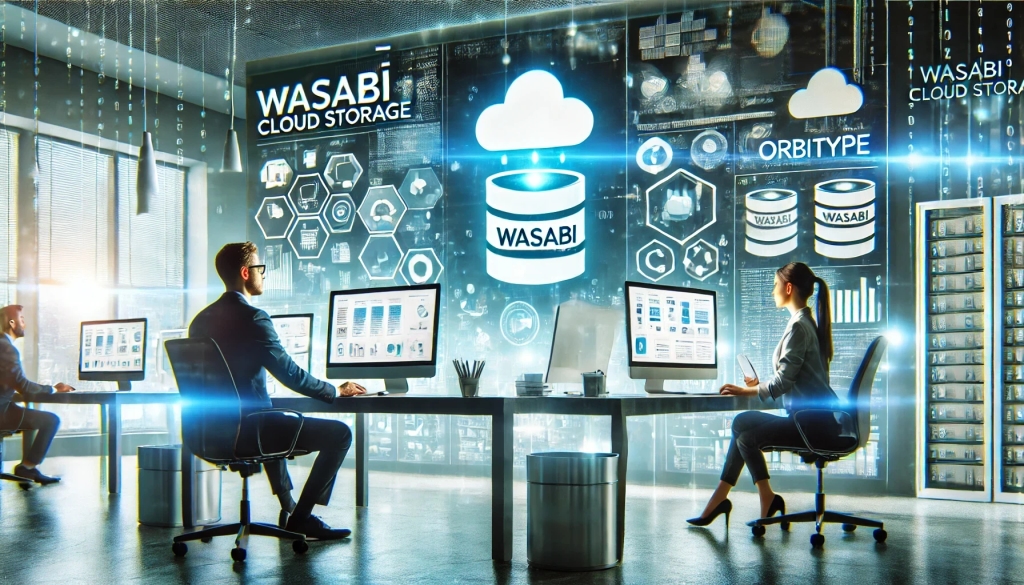
Seamless Data Management: Integrating Wasabi Cloud Storage with Orbitype
Boost your CMS performance with Wasabi Cloud Storage and Orbitype integration. Learn how this cost-effective, scalable solution enhances data management and delivers exceptional results.
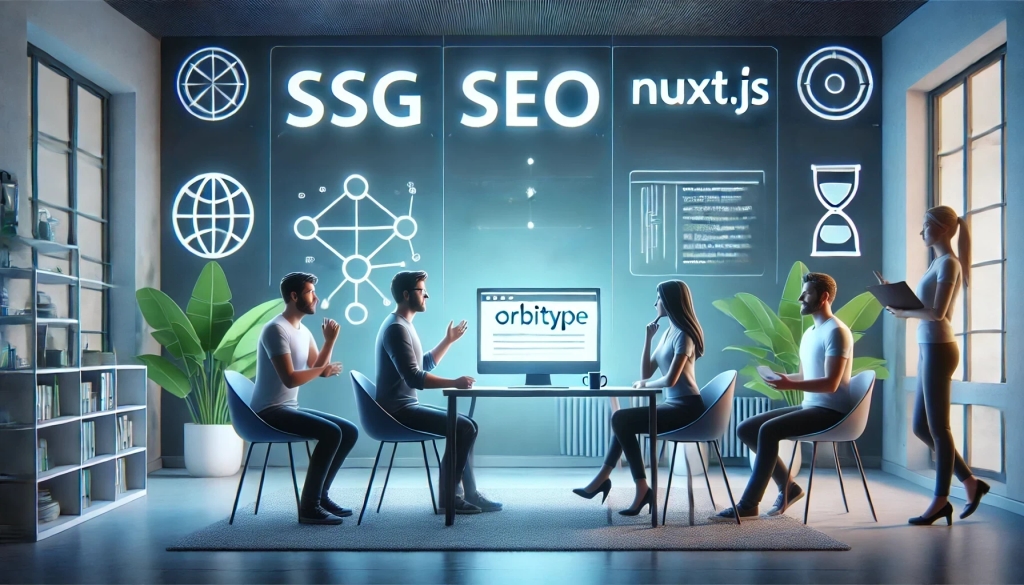
Integrating Orbitype with Nuxt.js for Optimal Performance and SEO
Leveraging Orbitype, a robust headless CMS, with Nuxt.js, a Vue.js framework, provides developers a powerful solution for building fast, SEO-optimized websites. This blog post explores how the integration of Orbitype and Nuxt.js harnesses the benefits of static site generation (SSG) and server-side rendering (SSR), thanks to Orbitype's API-driven content management system.
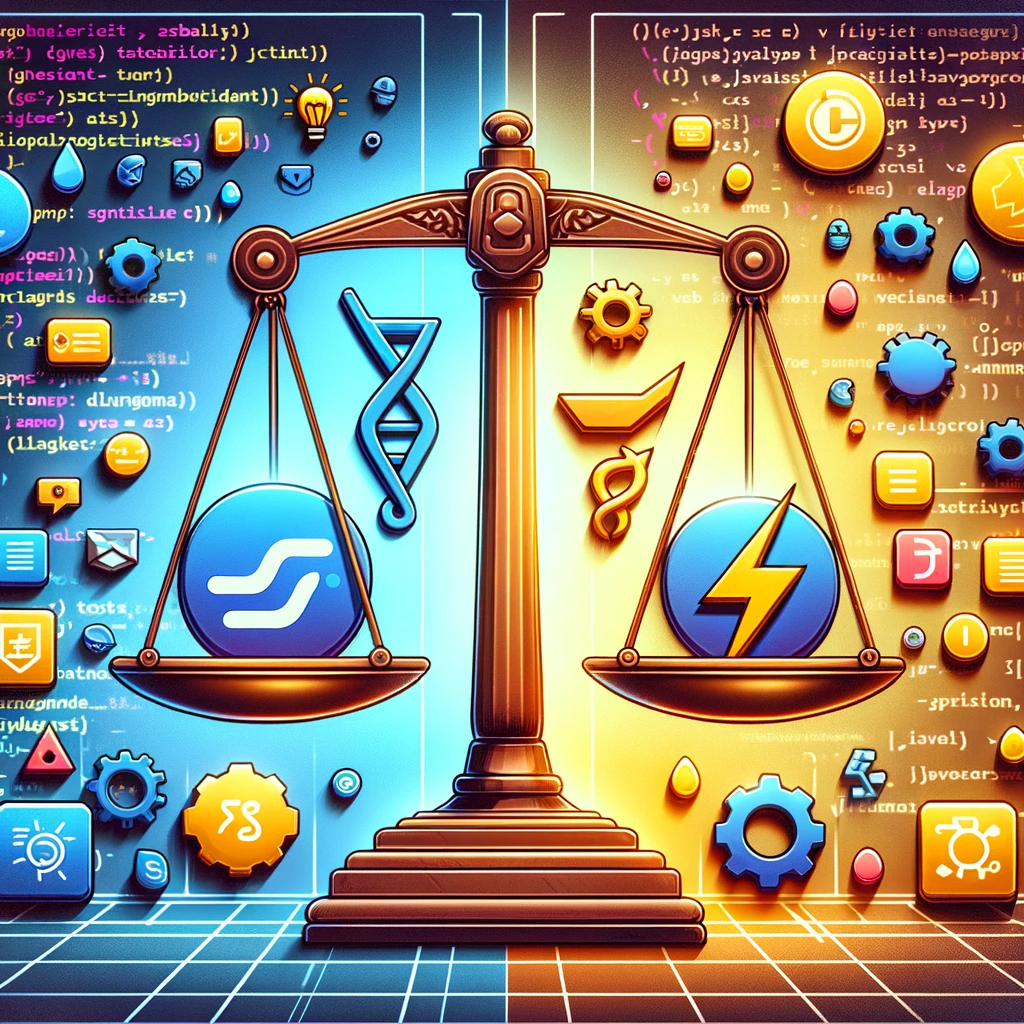
TypeScript vs. JavaScript
Discover the synergy between TypeScript and JavaScript for web development. Learn how Orbitype supports Nuxt CMS, headless CMS for Nuxt, and future-ready digital trends.
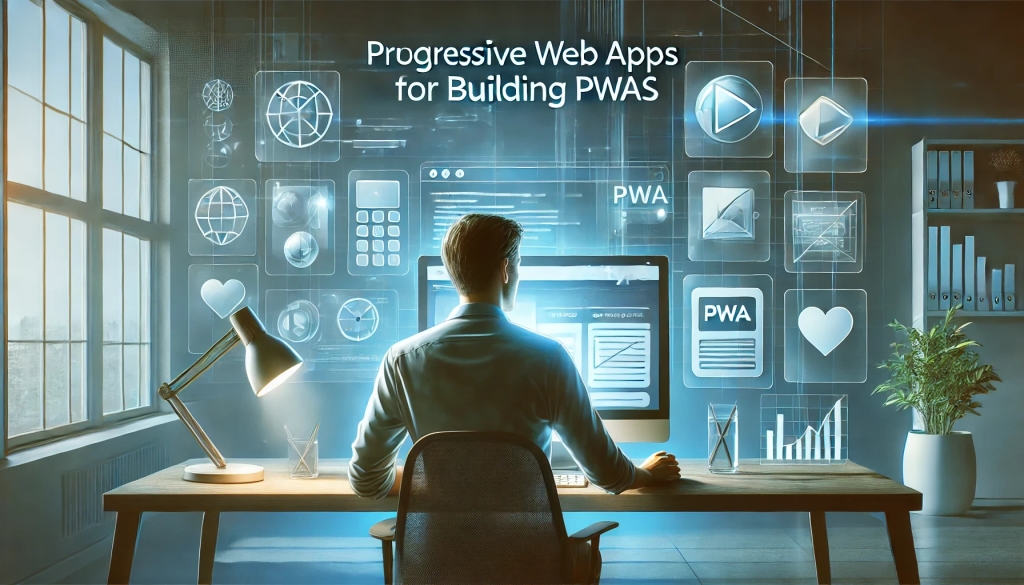
Building Progressive Web Apps (PWAs) with Orbitype
Explore how Orbitype enhances Progressive Web Apps (PWAs) with optimized performance, offline capabilities, and seamless content management for superior user experiences.
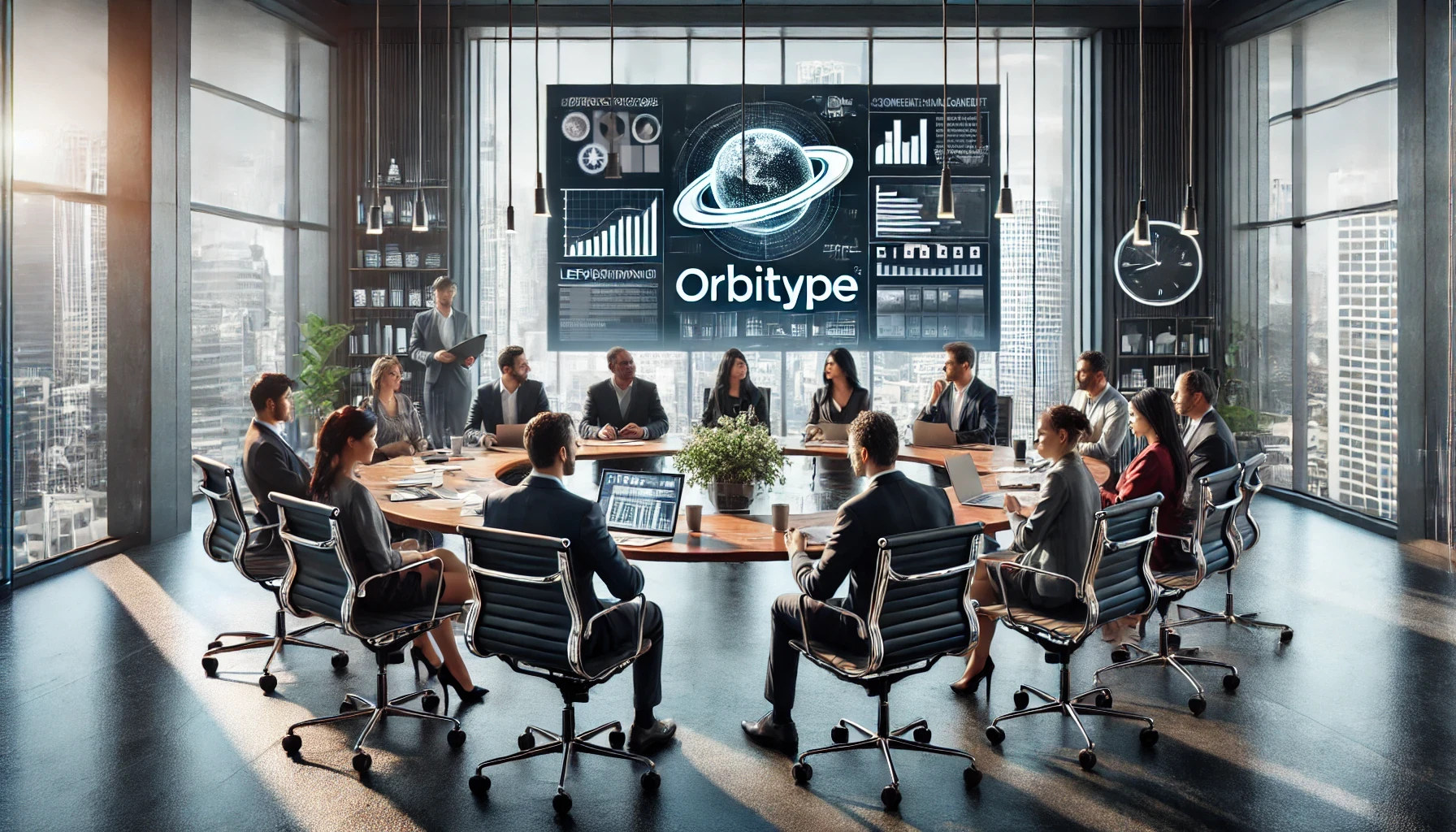
Leveraging Orbitype for Efficient Content Management in E-Commerce
nhance your e-commerce performance with Orbitype CMS. This scalable headless CMS simplifies content management, boosts SEO, and seamlessly integrates with Shopify, WooCommerce, and Magento for dynamic, flexible solutions.

Mastering Third-Party Integrations with a Headless CMS for Efficient Workflows
Streamline workflows and scale your business with seamless third-party integrations using Orbitype's flexible headless CMS—designed for efficiency, automation, and growth.
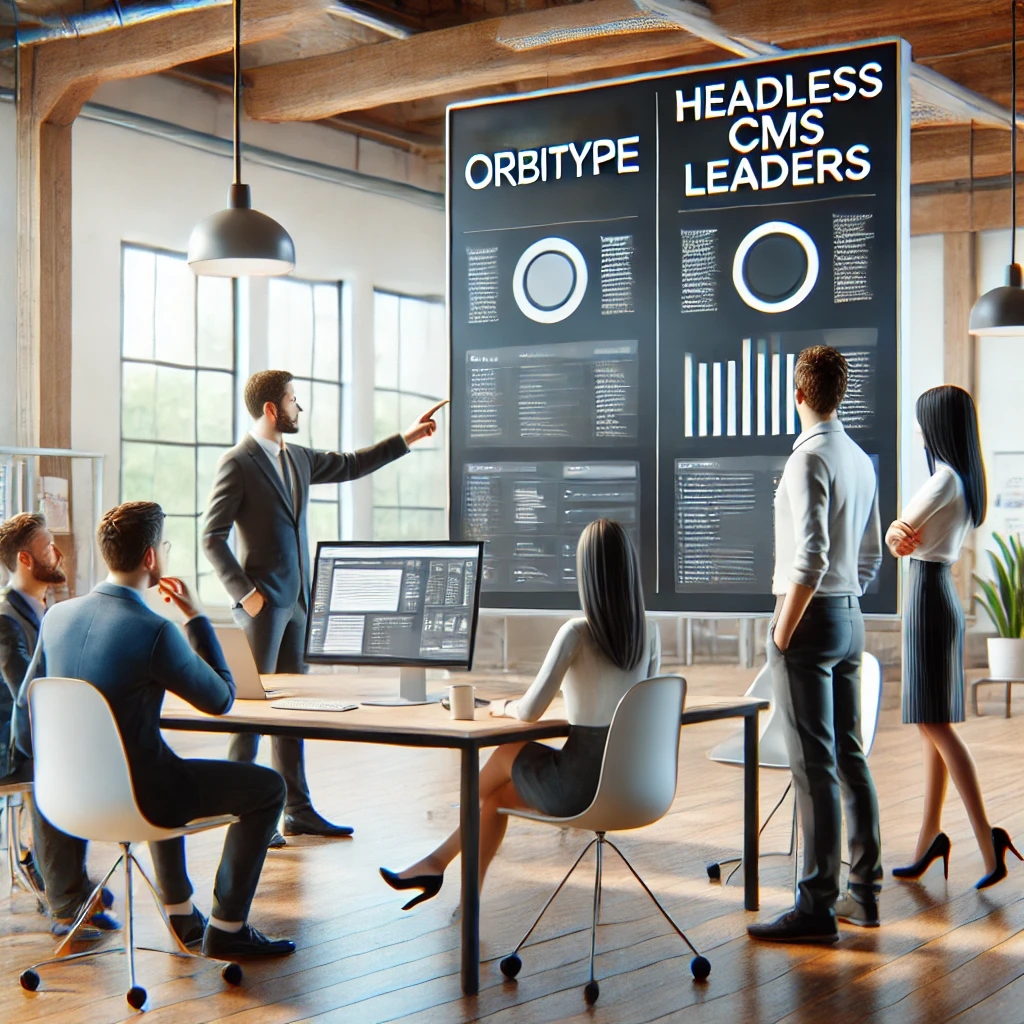
How Orbitype Compares to Headless CMS Leaders in 2025
Struggling to choose the best CMS? Discover how Orbitype compares to headless CMS leaders in 2025, solving complexity and scalability challenges with ease. Try Orbitype!
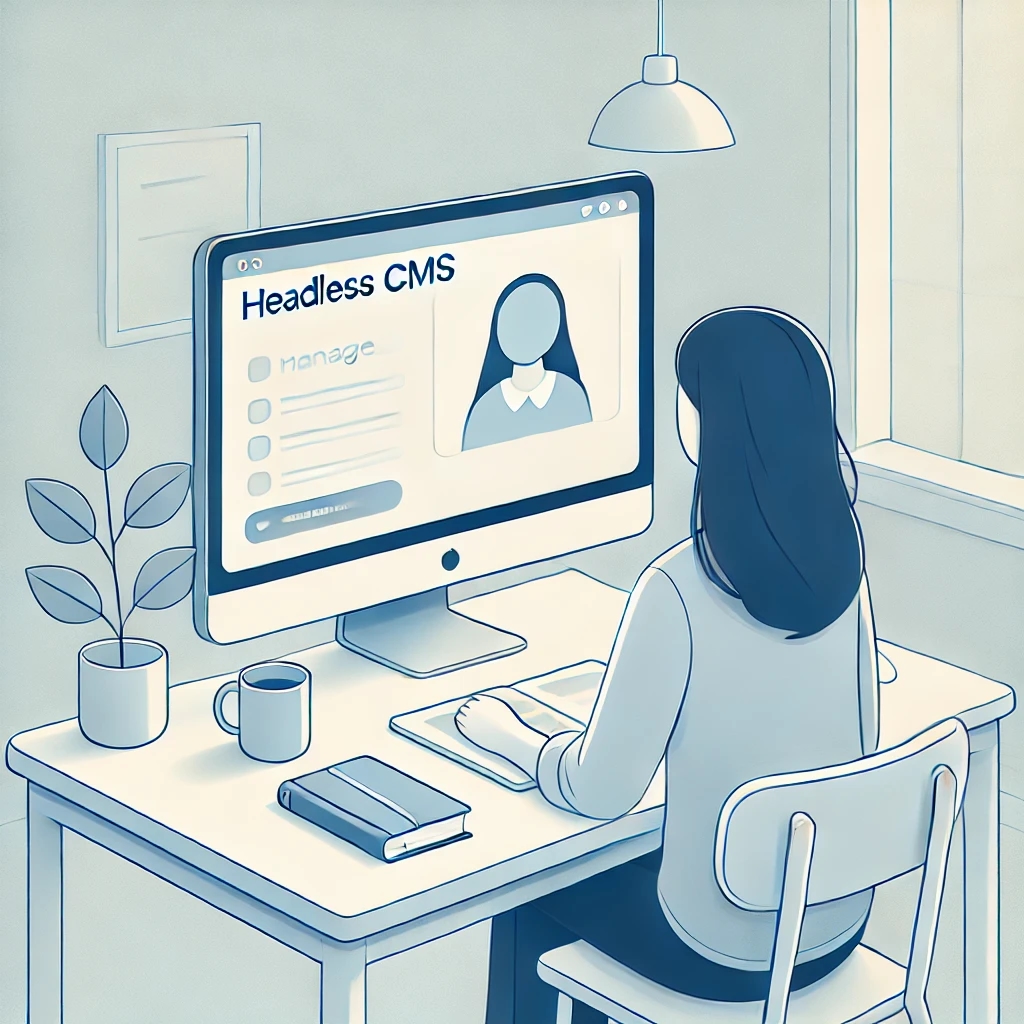
How Educational Institutions Benefit from Headless CMS for Online Learning
Enhance online learning with a Headless CMS. Discover how centralized content management, scalability, and seamless multi-channel access can transform educational platforms.
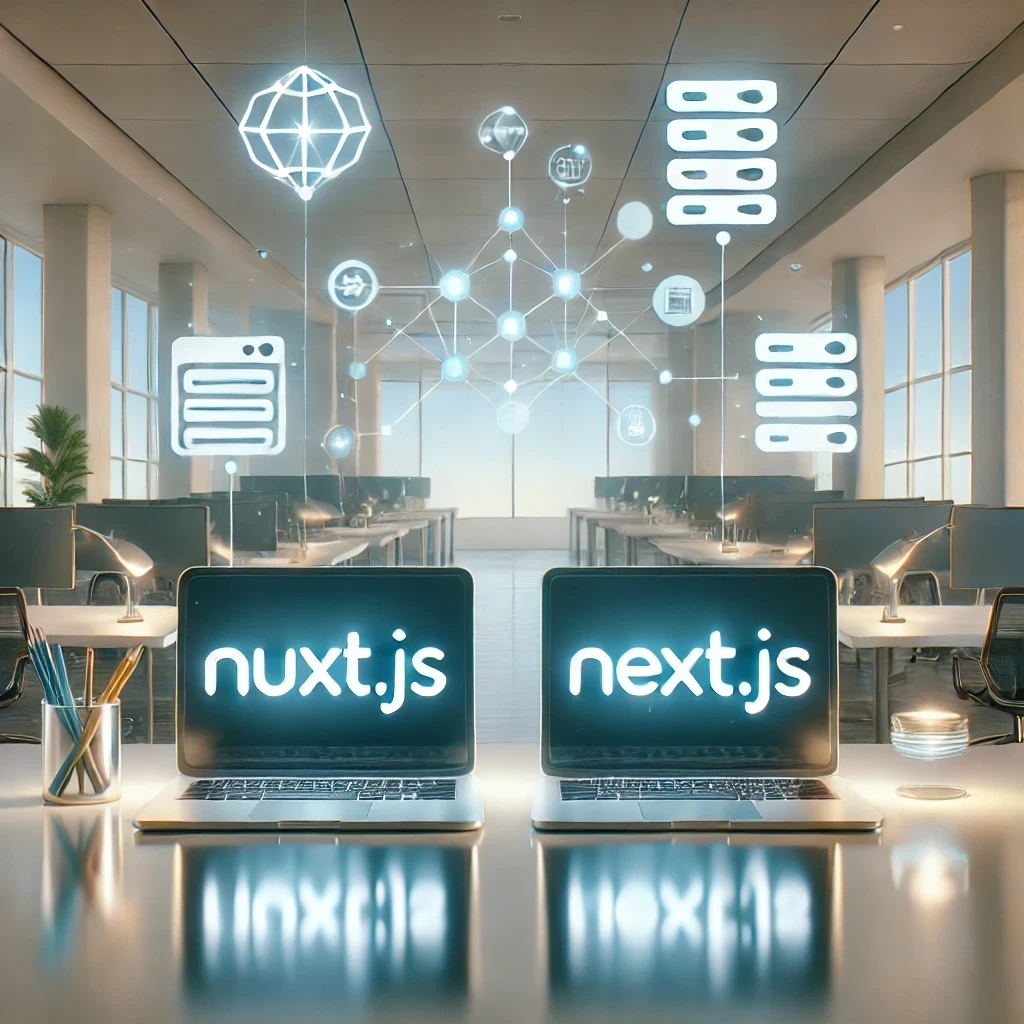
Nuxt vs Next: Which Framework Works Best with Headless CMS?
Compare Nuxt.js and Next.js to find the best frontend framework for your Headless CMS. Discover which offers better performance, scalability, and flexibility for dynamic web projects.
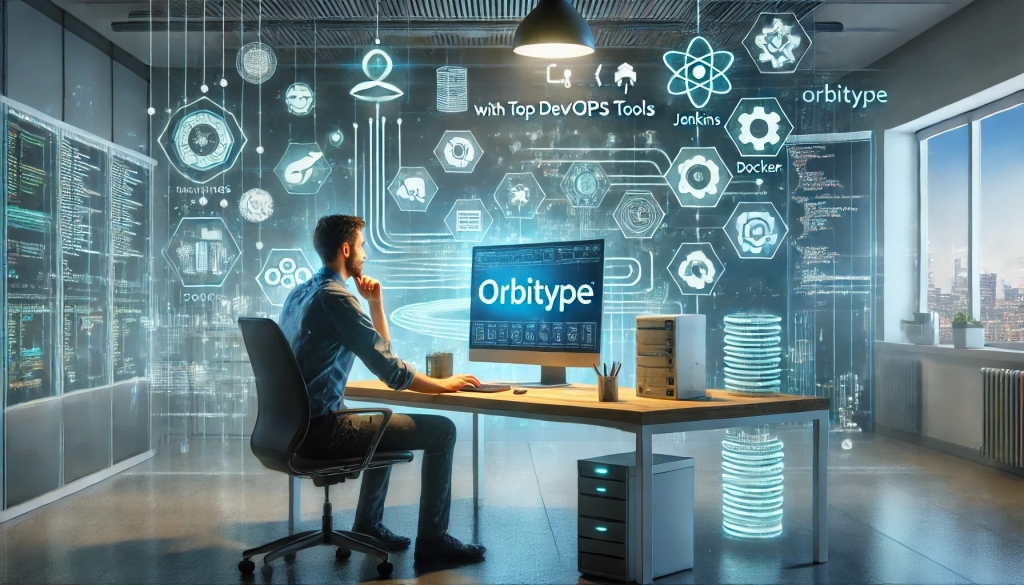
Streamlining Development: Integrating Orbitype with Top DevOps Tools
Discover how to integrate Orbitype with leading DevOps tools like Jenkins, Docker, and Kubernetes. Learn best practices for automating deployments, containerizing Orbitype, and scaling efficiently while streamlining workflows for continuous integration and delivery.
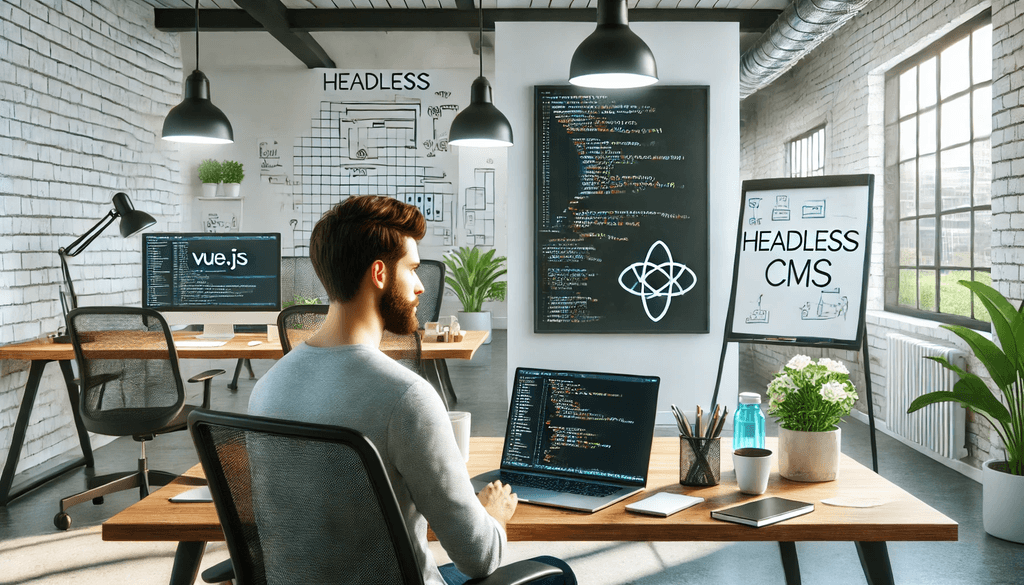
Building High-Performance Vue Apps with a Headless CMS
Discover how to optimize Vue.js apps with a Headless CMS for high performance, scalability, and SEO. Learn best practices and tools for creating dynamic web apps.

SQL or NoSQL: What's Best for Mobile Applications Using Orbitype?
Explore Orbitype, the ultimate headless CMS for React developers, offering seamless content management, enhanced performance, and flexibility to create dynamic web applications with ease. Learn how Orbitype simplifies workflows and boosts productivity.
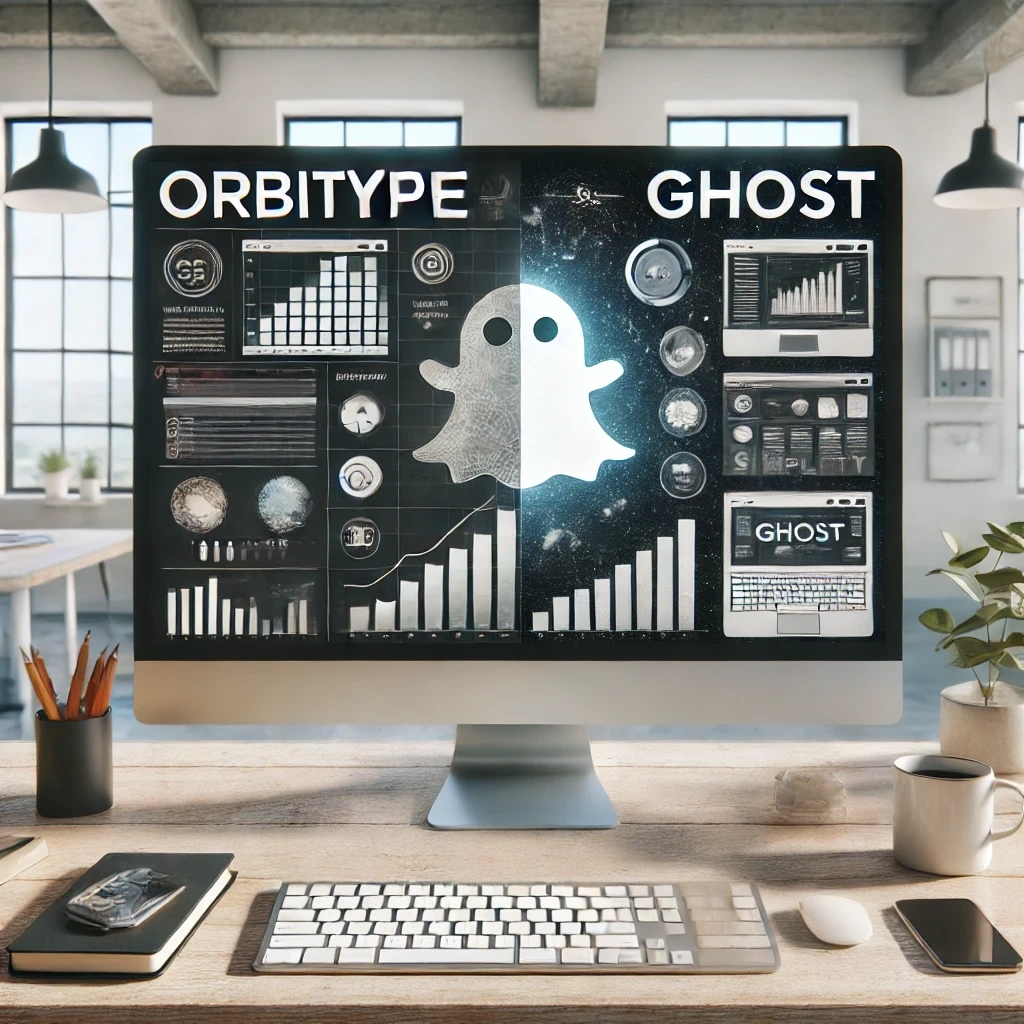
Comparing Orbitype and Ghost: Best CMS for Blogging in 2025
Compare Orbitype and Ghost to find the best CMS for blogging in 2025. Discover which platform suits your goals, from scalability to simplicity and dynamic content
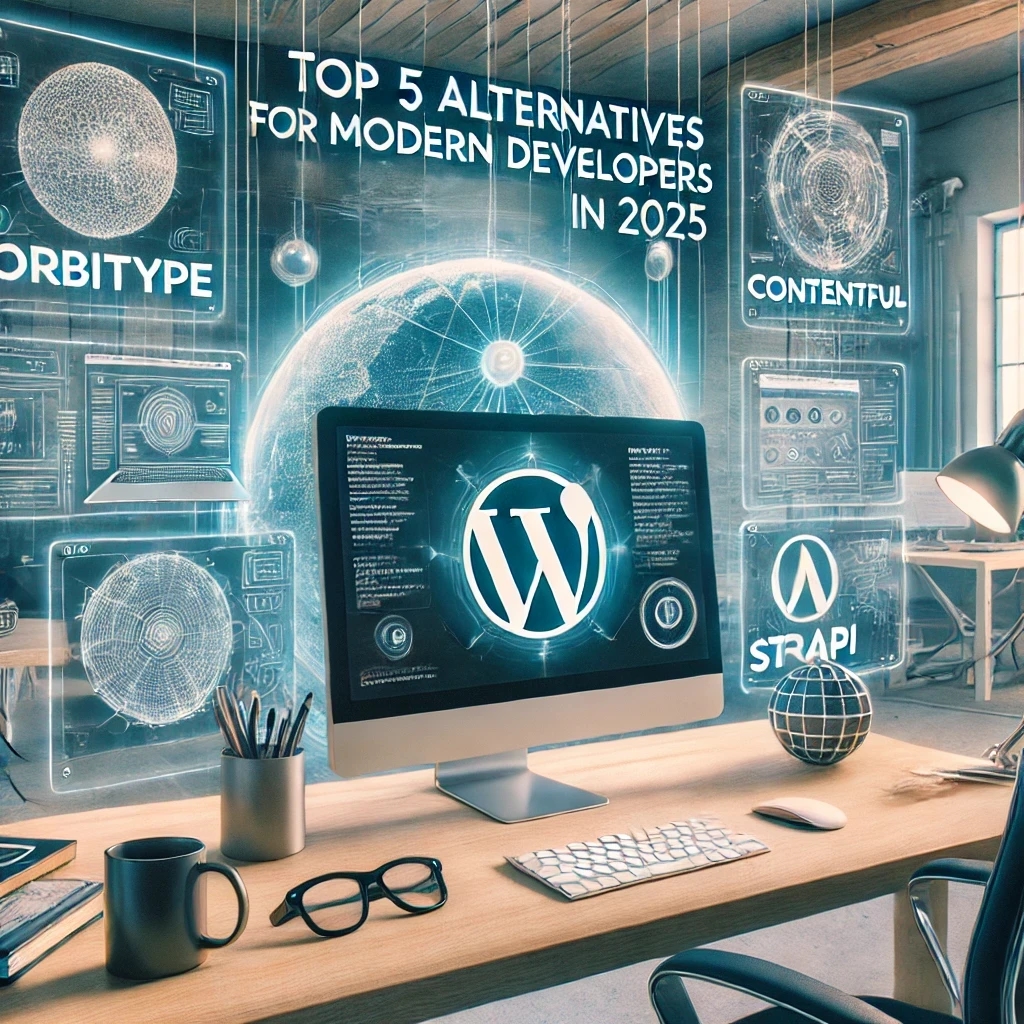
Top 5 Alternatives to WordPress for Modern Developers in 2025
Discover the top WordPress alternatives for 2025, including Orbitype, Contentful, and Strapi. Explore modern CMS platforms offering scalability, flexibility, and cutting-edge tools for developers.

Security and Compliance in Headless CMS: Focus on Orbitype
Explore headless CMS security with Orbitype: advanced authentication, data encryption, and compliance with GDPR & CCPA. Learn best practices for secure CMS operations.

10 Tips for Optimizing Core Web Vitals in Headless CMS Websites
Discover 10 actionable tips to optimize Core Web Vitals for Headless CMS websites. Improve performance, SEO, and user experience with these essential strategies.
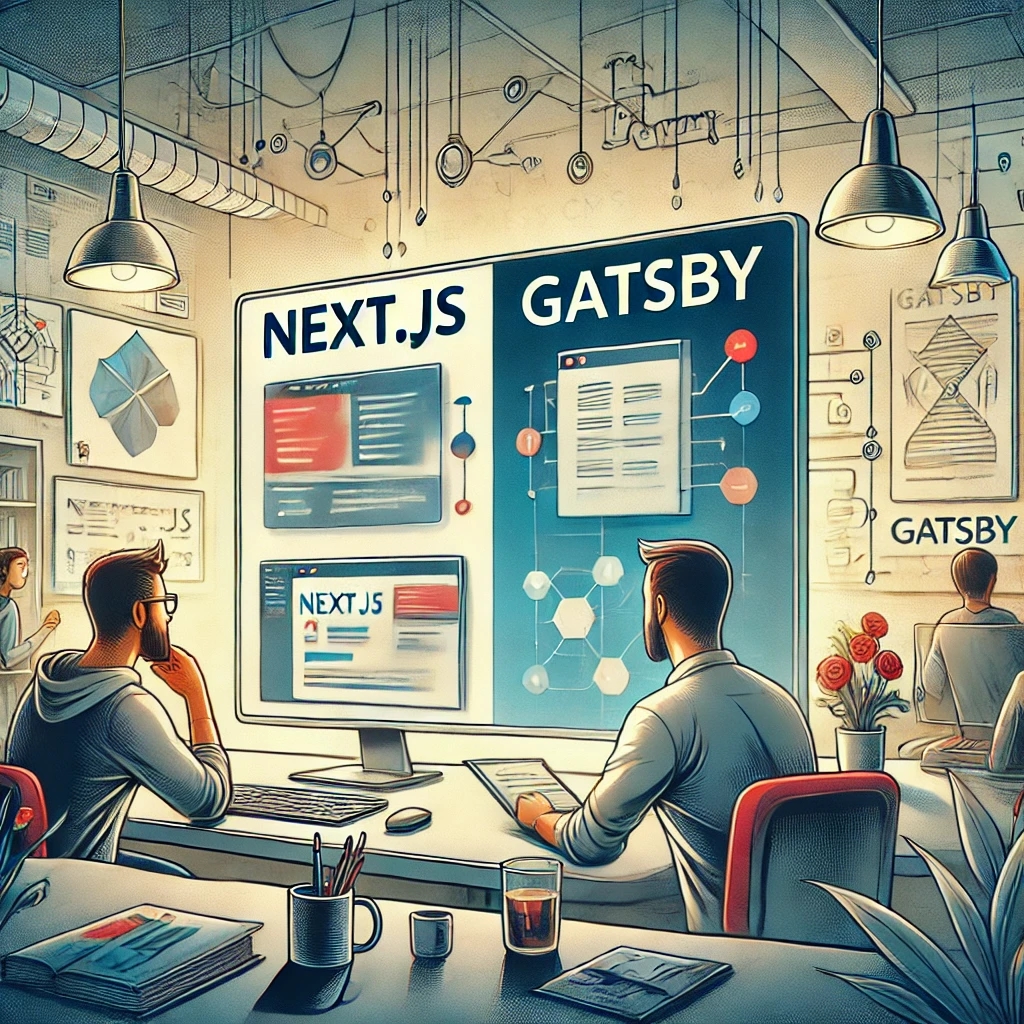
Next.js vs Gatsby: Which Works Best With a Headless CMS?
Choosing between Next.js and Gatsby can be challenging when working with a Headless CMS. This guide breaks down their strengths and helps you decide which framework works best for your dynamic or static content needs.

CMS for Vue.Js - Orbitype Headless CMS
Explore Orbitype, the best Headless CMS for Vue.js, offering seamless API integration, dynamic content management, and unmatched performance for interactive front-end development.
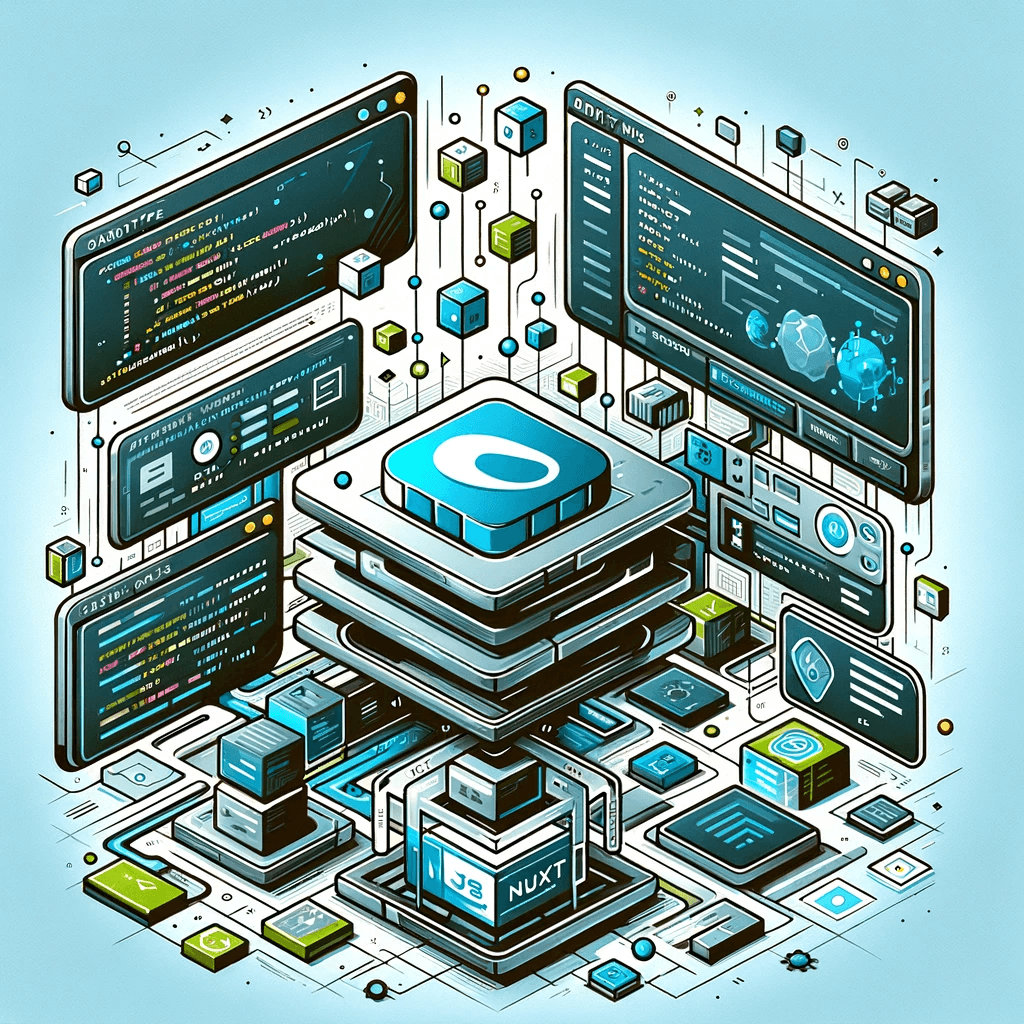
CMS for Nuxt - Orbitype Headless CMS
Optimize your Nuxt.js projects with Orbitype, the API-first Headless CMS offering scalable content management, multimedia repositories, and enhanced SEO for modern web applications.
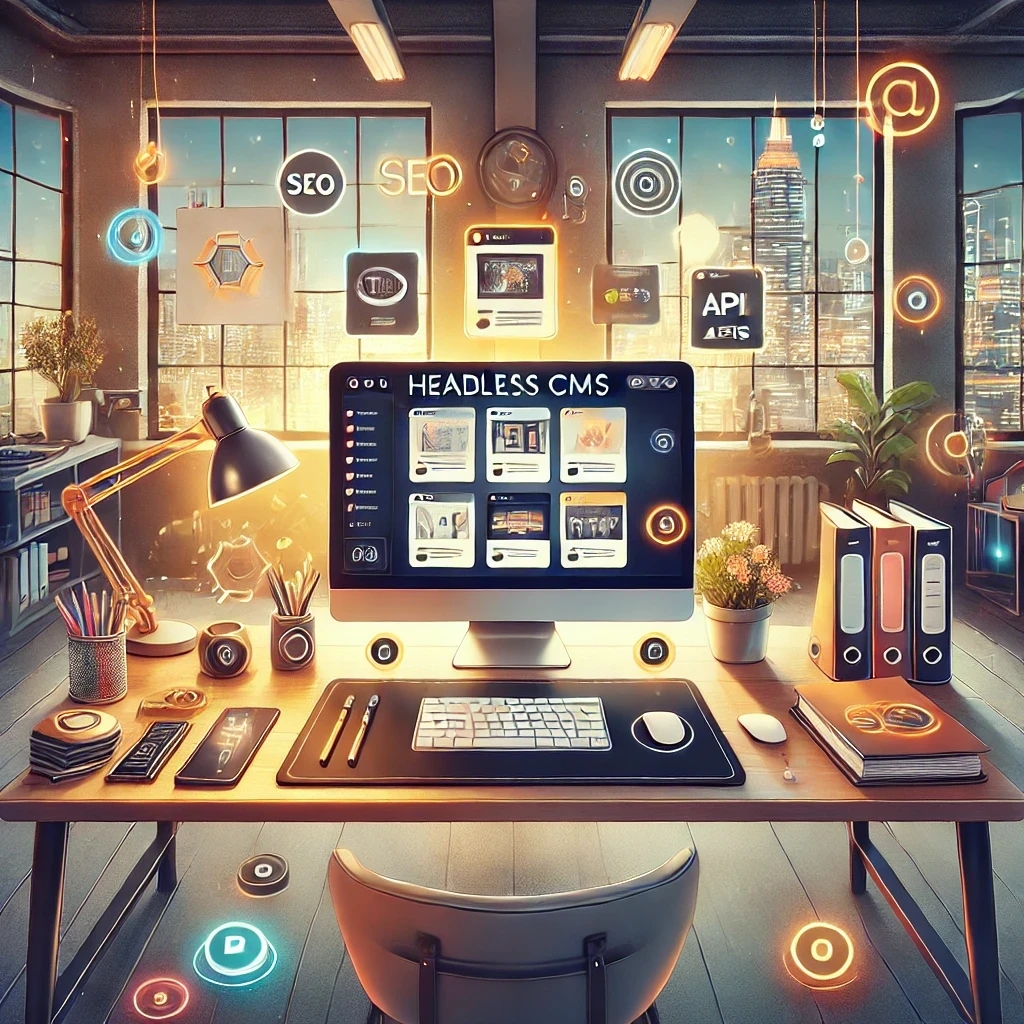
Best Headless CMS Solutions for Portfolio and Personal Websites
Showcase your work with ease using Orbitype—the ultimate Headless CMS for portfolio and personal websites. Enjoy seamless integration, powerful customization, and SEO-friendly features designed for creators and developers.
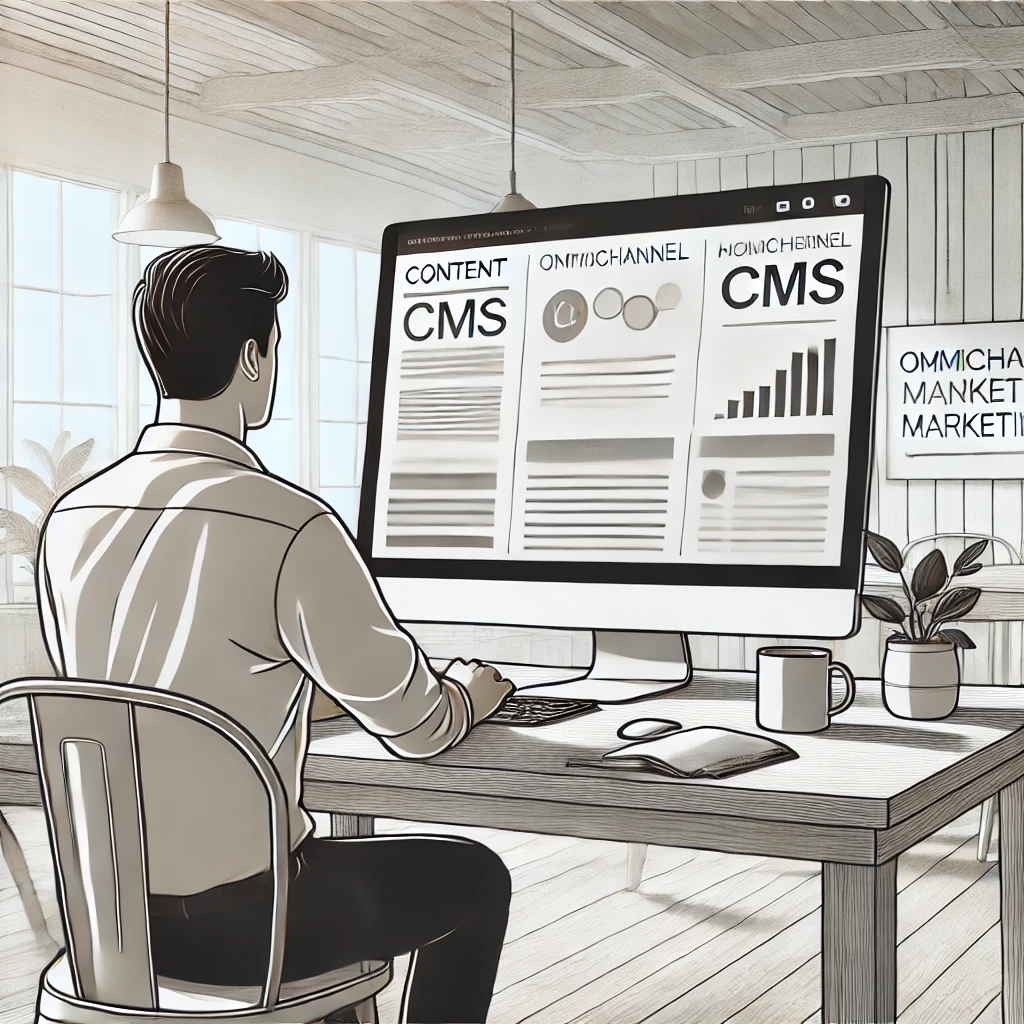
How Headless CMS Empowers Omnichannel Marketing Strategies
Boost your omnichannel marketing strategy with a Headless CMS. Centralize content management, deliver personalized customer experiences, and ensure consistency across platforms.
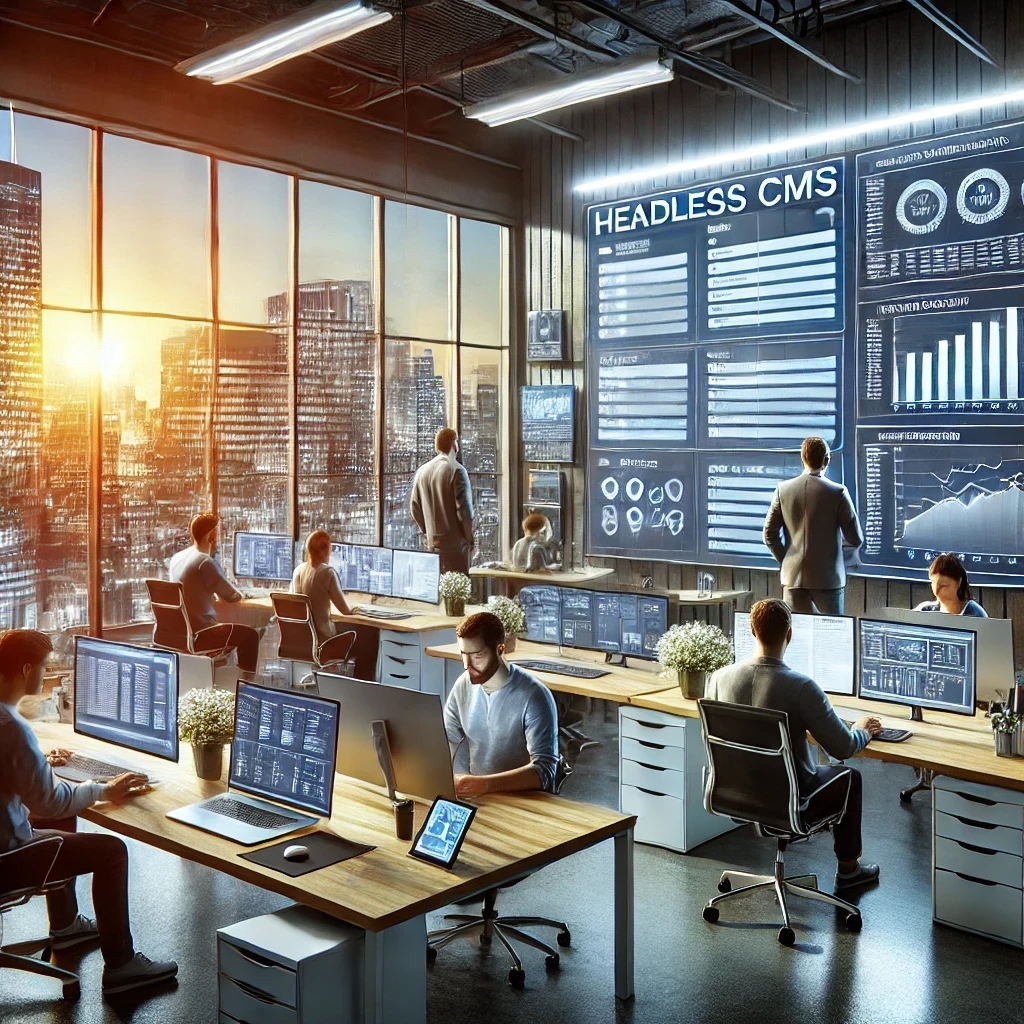
How to Scale Your Website with a Headless CMS for High Traffic
Scale your website effortlessly with a headless CMS like Orbitype—achieve faster load times, seamless scalability, and reliable performance during high-traffic surges

CMS for React - Orbitype Headless CMS
Orbitype is the ideal CMS for React developers, combining seamless API integration, flexible content management, and scalability to create fast, dynamic, and customizable web applications effortlessly.
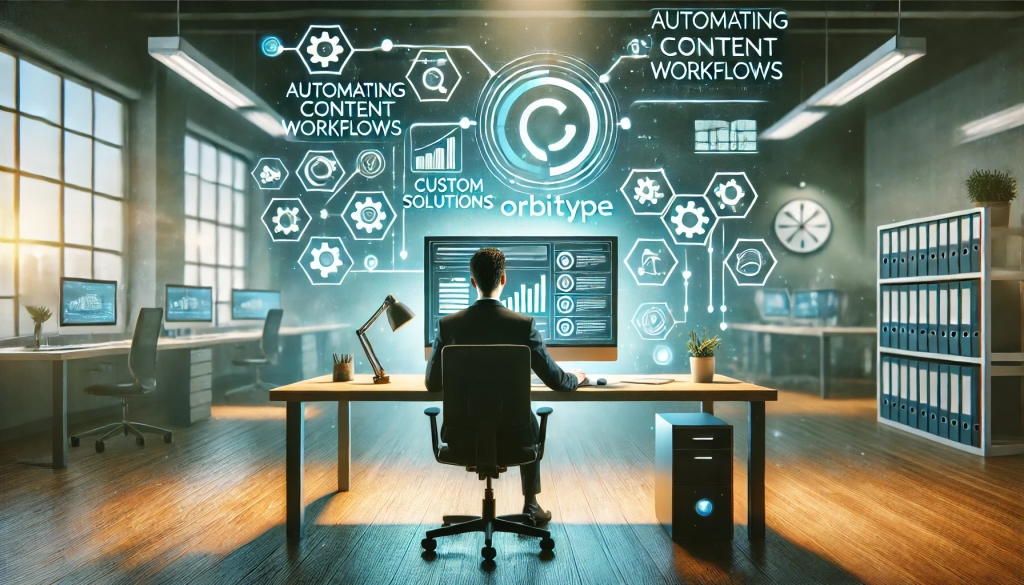
Automating Content Workflows with Orbitype’s Custom Solutions
Discover how Orbitype's custom CRM and ERP solutions revolutionize content workflows. Automate processes, reduce manual tasks, and improve productivity for software development agencies with tailored tools for seamless collaboration and efficiency.